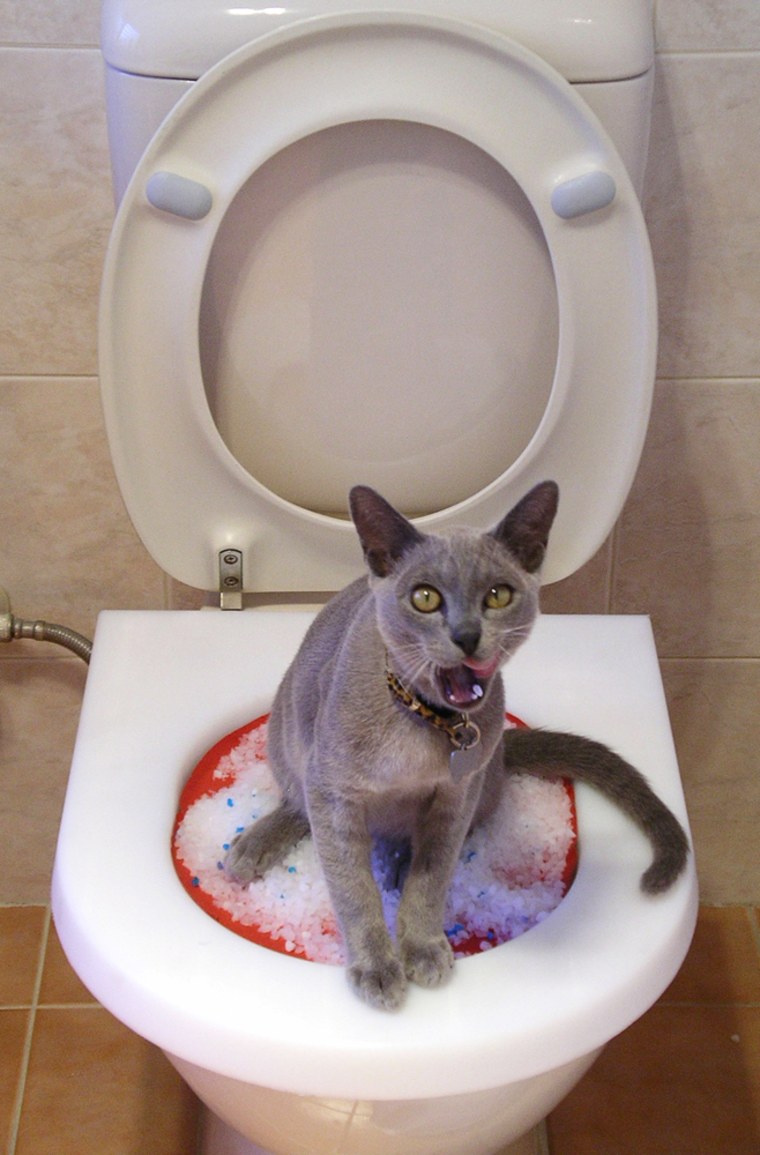Why You Mustn't Flush Cat Poop Down Your Toilet - Preserve Your Plumbing System
Why You Mustn't Flush Cat Poop Down Your Toilet - Preserve Your Plumbing System
Blog Article
We have found this great article relating to Can You Flush Cat Poo or Litter Down the Toilet? directly below on the internet and reckoned it made good sense to share it with you over here.

Intro
As feline owners, it's important to be mindful of exactly how we get rid of our feline close friends' waste. While it may appear convenient to flush pet cat poop down the toilet, this practice can have harmful consequences for both the atmosphere and human wellness.
Ecological Impact
Purging pet cat poop presents damaging microorganisms and bloodsuckers right into the water supply, posing a significant danger to aquatic ecological communities. These impurities can adversely affect marine life and compromise water quality.
Wellness Risks
Along with environmental worries, purging pet cat waste can also posture wellness dangers to human beings. Feline feces might contain Toxoplasma gondii, a bloodsucker that can create toxoplasmosis-- a possibly severe disease, specifically for pregnant women and people with weakened immune systems.
Alternatives to Flushing
The good news is, there are much safer and more accountable means to throw away cat poop. Think about the complying with options:
1. Scoop and Dispose in Trash
One of the most common method of taking care of cat poop is to scoop it into a naturally degradable bag and toss it in the garbage. Be sure to utilize a committed clutter scoop and take care of the waste promptly.
2. Usage Biodegradable Litter
Go with naturally degradable pet cat litter made from products such as corn or wheat. These trashes are environmentally friendly and can be safely disposed of in the trash.
3. Hide in the Yard
If you have a yard, think about hiding cat waste in a designated area away from veggie yards and water sources. Be sure to dig deep enough to stop contamination of groundwater.
4. Install a Pet Waste Disposal System
Buy a family pet waste disposal system particularly created for pet cat waste. These systems utilize enzymes to break down the waste, minimizing smell and ecological influence.
Conclusion
Responsible pet dog possession extends beyond providing food and shelter-- it likewise includes correct waste management. By avoiding flushing feline poop down the commode and selecting alternative disposal approaches, we can minimize our environmental footprint and secure human health and wellness.
Why You Should NEVER Flush Cat Poop (and/or Litter) Down Your Toilet
The Problem with Litter
The main function of litter is to solidify and adhere to your cat’s waste. While this makes litter excellent for collecting cat poop and urine, it’s also the exact property that makes it a nightmare when flushed down the toilet.
Cat litter can and will clog pipes. There is non-clumping litter, but it’s still quite heavy and can build up in pipes. This is true even of supposed “flushable litter.”
The problems only compound when the litter is already clumped into cat waste. Toilet paper is among the more flushable things, and even too much of that will clog a toilet.
The Problem with Cat Poop
Sewers and septic systems are designed with human waste in mind. The microbes that help break down human waste don’t work on cat waste. Additionally, cat poop plays host to the parasite Toxoplasma gondii.
When flushed, this parasite can enter the environment in places it was never meant to, posing a risk to pregnant women, their unborn children, and other people with compromised immune systems. While it might not seem possible, flushing cat poop can indeed introduce this parasite to the public water supply.
These reasons are why, even if you’ve trained your cat to go on the toilet and flush, which is possible, it’s still not a good idea. Also, pregnant women and the immunocompromised shouldn’t change litter, either.
How to Handle Litter
The best way to handle litter is to simply put it in a plastic bag and place it in the trash. Avoiding environmental risks and possible plumbing damage is worth the extra effort.
You can also invest in devices that seal away your cat’s waste in a separate compartment, so you don’t have to change the litter nearly as often. They’re also safer for pet owners because they limit the possibility of Toxoplasma gondii exposure.
Disposing of litter the old-fashioned way will ensure you won’t have to worry about any issues that flushing the waste can potentially cause.
Take Care of Clogged Pipes with Stephens Plumbing, Heating & Air Conditioning
The reasons you should never flush cat poop down your toilet are numerous, but sometimes the inevitable happens despite your best efforts.
Stephens Plumbing, Heating & Air Conditioning is ready to help if you’re experiencing litter-blocked plumbing. Whether you need us in an emergency or want to schedule regular maintenance, we’re here for you.
https://www.stephensplumbing.net/bathroom-plumbing/never-flush-cat-poop-down-your-toilet/

As a keen reader about How to Dispose of Cat Poop and Litter Without Plastic Bags, I assumed sharing that piece was essential. Sharing is good. Helping others is fun. I praise you for your time. Don't forget to check our blog back soon.
Free Estimate Report this page